Chinese companies break through the core technology of high-nickel single
crystal materials!
In recent years, China's new energy vehicle market has developed rapidly.
In 2018, the production and sales of new energy vehicles in China both exceeded
1.2 million. China has become the world's largest new energy vehicle market.
In recent years, China's new energy vehicle market has developed rapidly.
In 2018, the production and sales of new energy vehicles in China both exceeded
1.2 million. China has become the world's largest new energy vehicle market. In
the field of passenger vehicles, the cruising range of newly launched electric
vehicles continues to increase, and the NEDC comprehensive working condition
cruising range of various models can reach more than 500km, which greatly
improves the convenience of using electric vehicles.
The ever-increasing cruising range has also put forward higher and higher
requirements for the energy density of the power battery. For example, among the
new energy models announced by the National Development and Reform Commission in
2019, some models have a power battery system with an energy density of more
than 180Wh/kg. The energy density of a single power battery is required to be at
least 250Wh/kg.
The core of improving the energy density of power batteries lies in the
development of high-capacity positive and negative electrode materials. Let’s
take positive electrode materials as an example. At present, the mainstream
positive electrode materials have gradually transitioned from traditional NCM111
materials to NCM523 and NCM622. The capacity of positive electrode materials has
changed from 140mAh/g The left and right are increased to about 170mAh/g, and
the energy density of the power battery is also increased to 230-260Wh/kg.
To further improve the capacity of positive electrode materials, we can
mainly start from two aspects: 1) Increase Ni content, higher Ni content can
bring higher specific capacity, for example, the reversible capacity of NCM811
material can reach 190-207mAh/g, if further Increase the Ni content to 0.9, and
the capacity can be further increased to about 210-220mAh/g; 2) Increase the
charging voltage, whether it is NCM811 or NCM622, the theoretical capacity is
about 270mAh/g, which can be achieved without changing the material composition.
The purpose of increasing the material capacity is achieved by increasing the
charging voltage. For example, the capacity of NCM622 material at 4.3V is about
176mAh/g, but if the charging voltage is increased to 4.5V and 4.7V, its
capacity can reach 201.3 and 218.1mAh/g .
Low temperature lithium iron phosphate battery 3.2V 20A -20℃ charge, -40℃
3C discharge capacity ≥70%
Charging temperature: -20~45℃ -Discharging temperature: -40~+55℃ -40℃
supports maximum discharge rate: 3C -40℃ 3C discharge capacity retention
rate≥70%
Click for details
However, the above measures will also lead to a significant decrease in the
cycle performance and safety performance of the positive electrode material
while increasing the capacity of the positive electrode material. Taking NCM622
material as an example, although the cut-off voltage of 4.7V can bring the
specific capacity of NCM622 material close to 220mAh/g, But at the same time,
the cycle life of the material will be seriously degraded. At 55°C, after 50
cycles of the half-cell system at a cut-off voltage of 4.7V, the capacity
retention rate of the NCM622 material is only 78.9%, which is much lower than
that of the NCM622 material (96.3%) cycled at 4.3V, and the high-nickel material
at high voltage Cycle stability faces severe challenges.
Increasing the Ni content also faces the same problem. Compared with the
NCM622 material, the NCM900505 material not only has a significant decrease in
cycle performance, but also has a significant decrease in thermal stability.
Under high voltage, NCM900505 is significantly worse than NCM622 in terms of
thermal decomposition temperature and heat release, which corresponds to the
poor safety of high-nickel materials in batteries.
These problems of high-nickel materials have seriously restricted the
development of high-capacity battery products, and the emergence of
single-crystal materials has opened a new direction for the development of
high-capacity cathode materials. The so-called single-crystal materials are
relative to traditional secondary particles. In terms of materials, traditional
NCM materials are mostly secondary particles formed by the agglomeration of
primary particles of 200-300nm, while single crystal materials are directly
composed of independent crystals with a diameter of 2-5um. Due to higher
crystallinity and more stable With layered structure and anisotropic
characteristics, single crystal materials are superior to traditional secondary
particle NCM materials in terms of cycle performance, thermal stability, and gas
production.
Advantage 1: Improved cycle performance
The good structural stability of single crystal materials makes the
material have very good cycle stability. Taking single crystal NCM523 as an
example, after 300 cycles (3-4.4V, C/2) at 40°C, the single crystal NCM523
material battery’s The capacity retention rate can still reach 98%, but even the
capacity retention rate of the secondary particle NCM523 material coated with
Al2O3 is only 92%, and this gap will be more obvious under the high temperature
condition of 55°C (single crystal> 94%, secondary particles <85%).
Low temperature high energy density 18650 3350mAh-40℃ 0.5C discharge
capacity ≥60%
Charging temperature: 0~45℃ Discharging temperature: -40~+55℃ Specific
energy: 240Wh/kg -40℃ discharge capacity retention rate: 0.5C discharge
capacity≥60%
Click for details
Advantage 2: Reduced gas production
In recent years, with the continuous improvement of the energy density of
power batteries, the market share of soft-pack batteries with higher energy
density is also expanding year by year. Compared with hard-shell batteries,
soft-pack batteries are more sensitive to gas production from materials, so the
gas production is also One of the important indicators to measure the stability
of materials. Through the floating charge experiment, it can be found that the
gas production of single crystal materials is very small, and the gas production
of 100h floating charge at 4.4V, 4.5V and 4.6V is only 0.01, 0.01 and 0.04ml,
while the Al2O3 coated secondary The gas production of the granular NCM523
material battery reached 0.07, 0.27 and 0.62ml respectively, which once again
shows that the single crystal material has a greater advantage in gas
production.
Advantage 3: Improved thermal stability
Recently, many spontaneous combustion accidents of electric vehicles have
brought the safety of electric vehicles to the forefront. We have already
introduced that the thermal stability of materials will decrease with the
increase of Ni content, and single crystal materials are more stable due to
their crystal structure. Therefore, the thermal stability will also be improved
accordingly. The O2 release experiment shows that the single crystal NCM523
material not only has no O2 release near 80°C, but also the O2 release peak
temperature in the range of 200-350°C is higher than that of the secondary
particle NCM523 material. , which also shows that single crystal materials have
certain advantages in thermal stability.
The advantages of single crystal materials in terms of high voltage, high
temperature cycle stability, thermal stability, and gas production have made it
a high ground for major material manufacturers to compete. Domestic mainstream
materials such as Dangsheng, Bamo and Shanshan Manufacturers have begun to
launch single-crystal NCM622 and NCM523 materials, but compared with secondary
granular materials, single-crystal materials have a slightly lower capacity.
Therefore, single-crystal NCM622 materials cannot fully meet the needs of high
specific energy batteries. Therefore, major materials Manufacturers have
actively carried out the research and development of single crystal NCM811
materials with higher capacity.
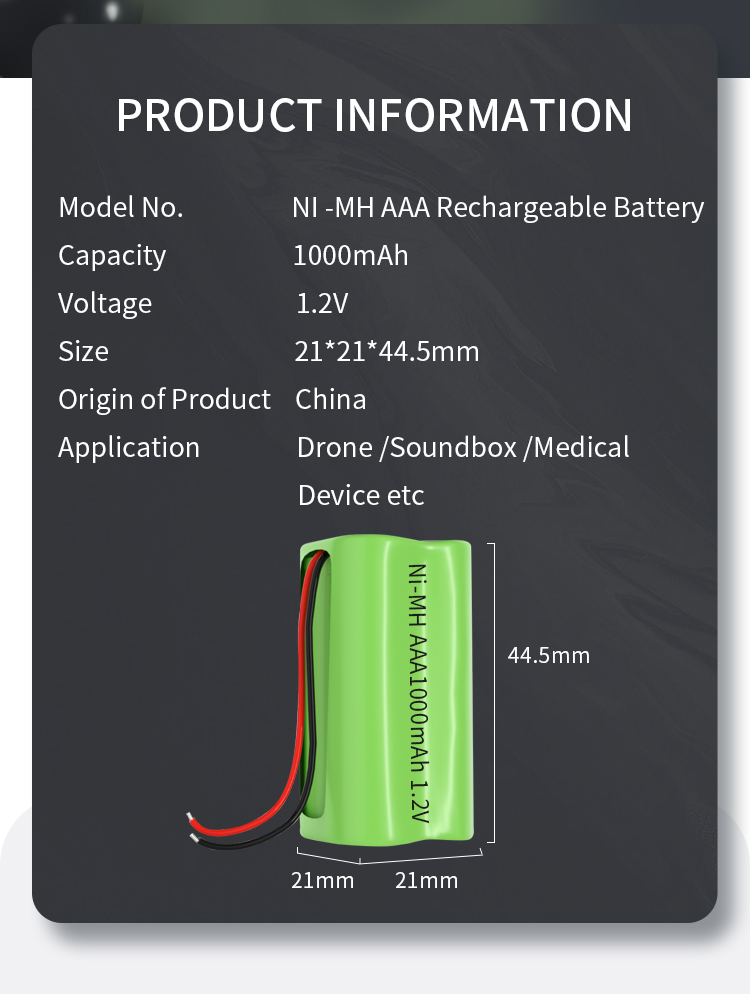
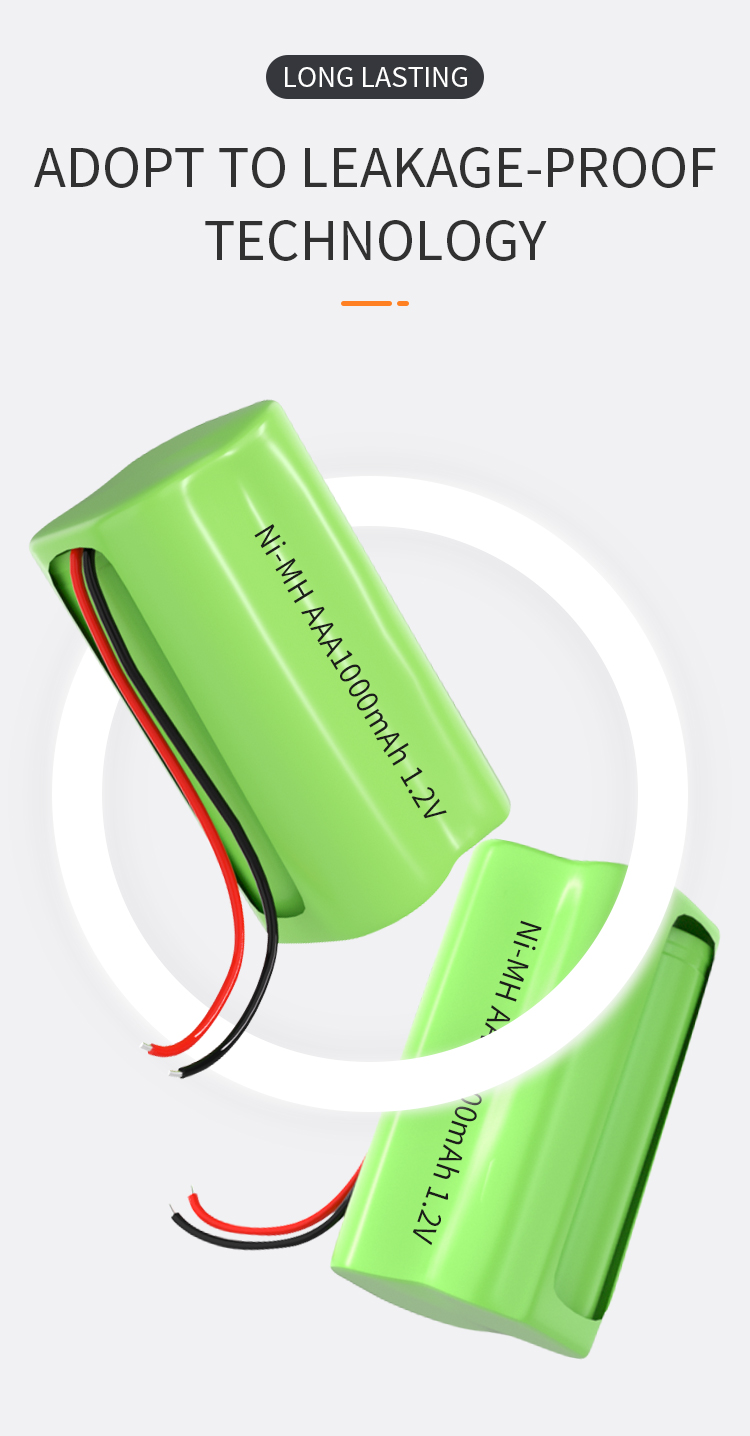
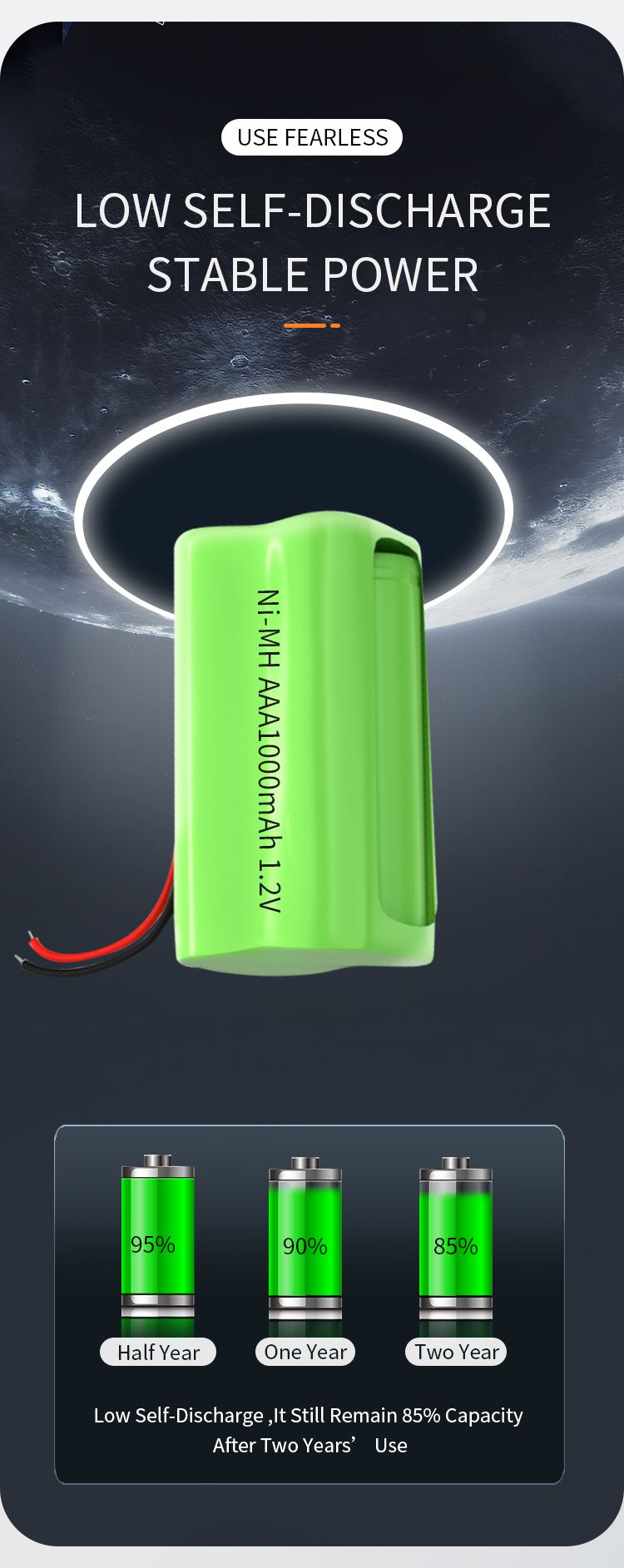


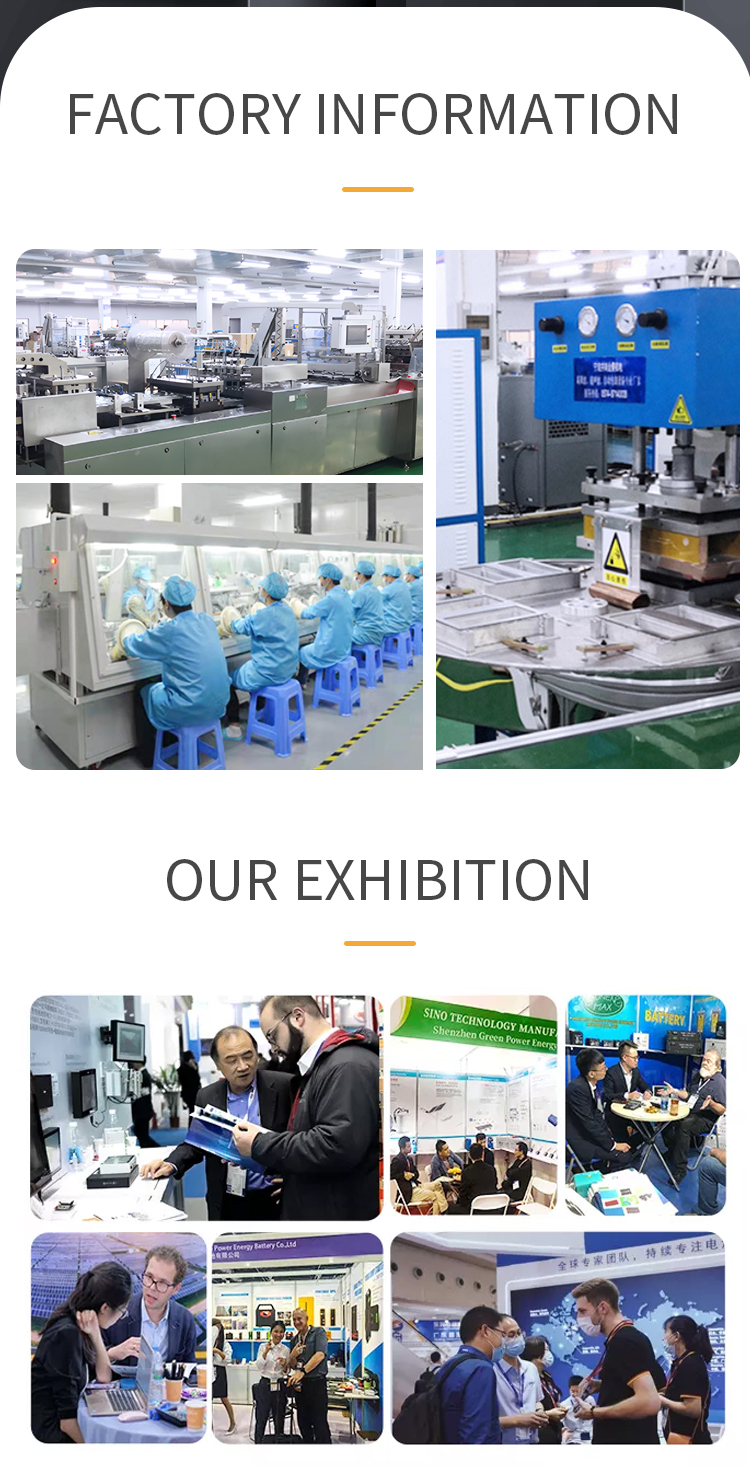
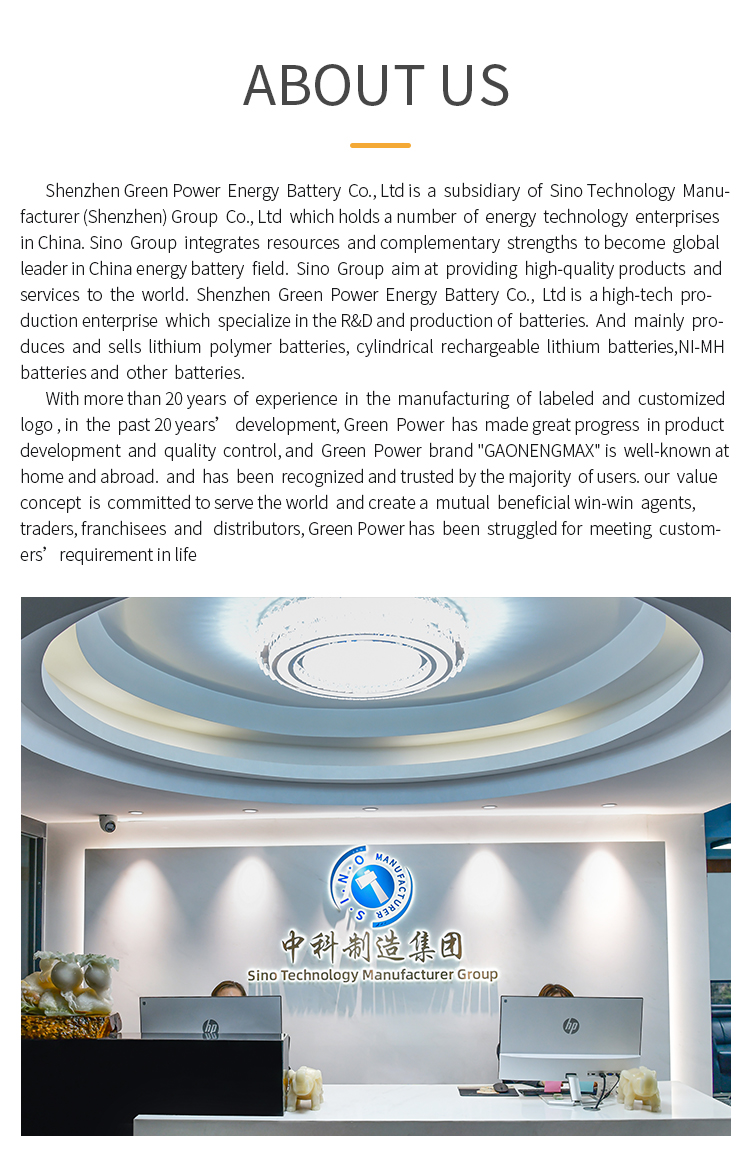































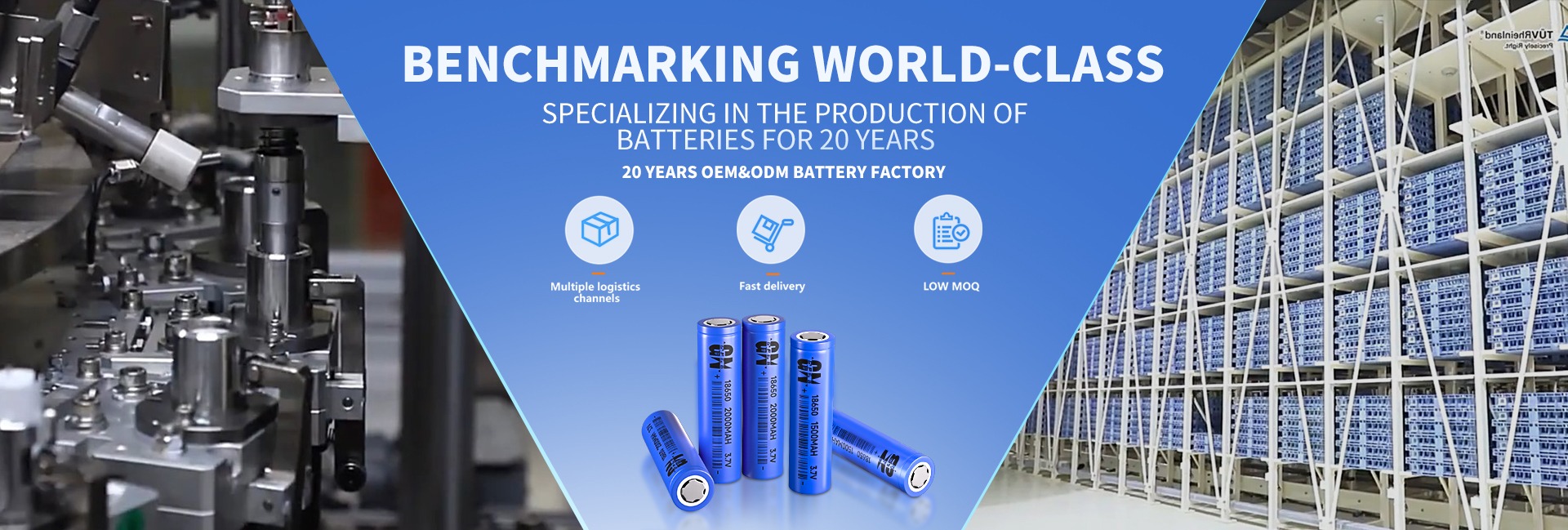
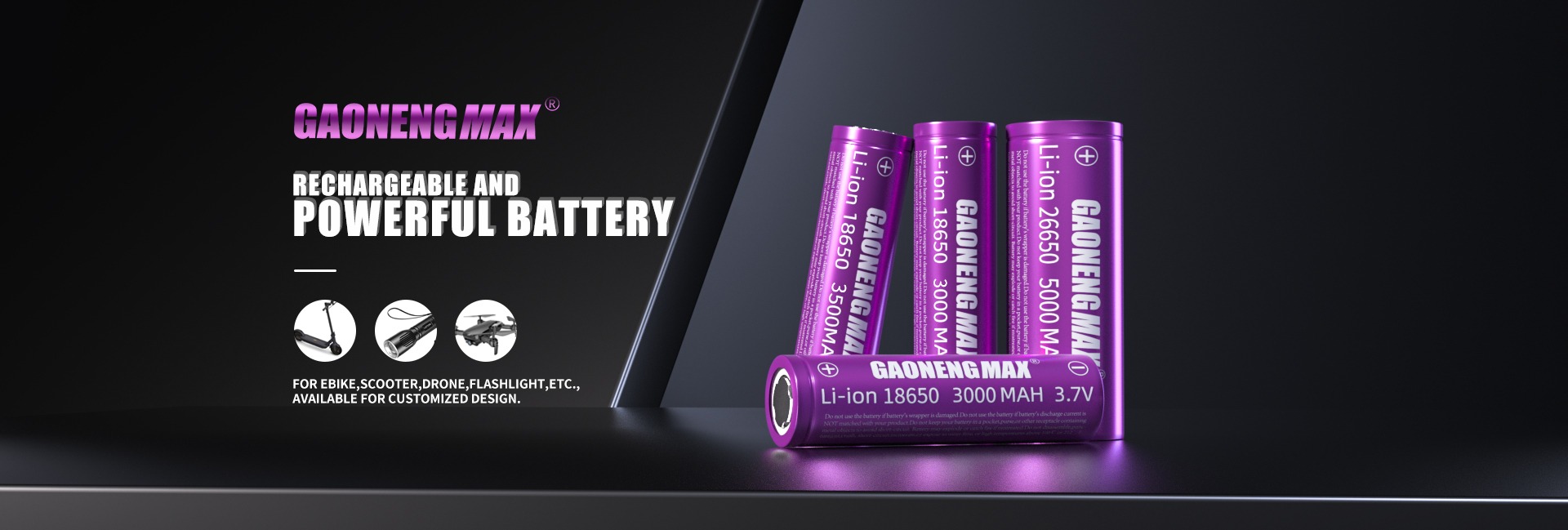
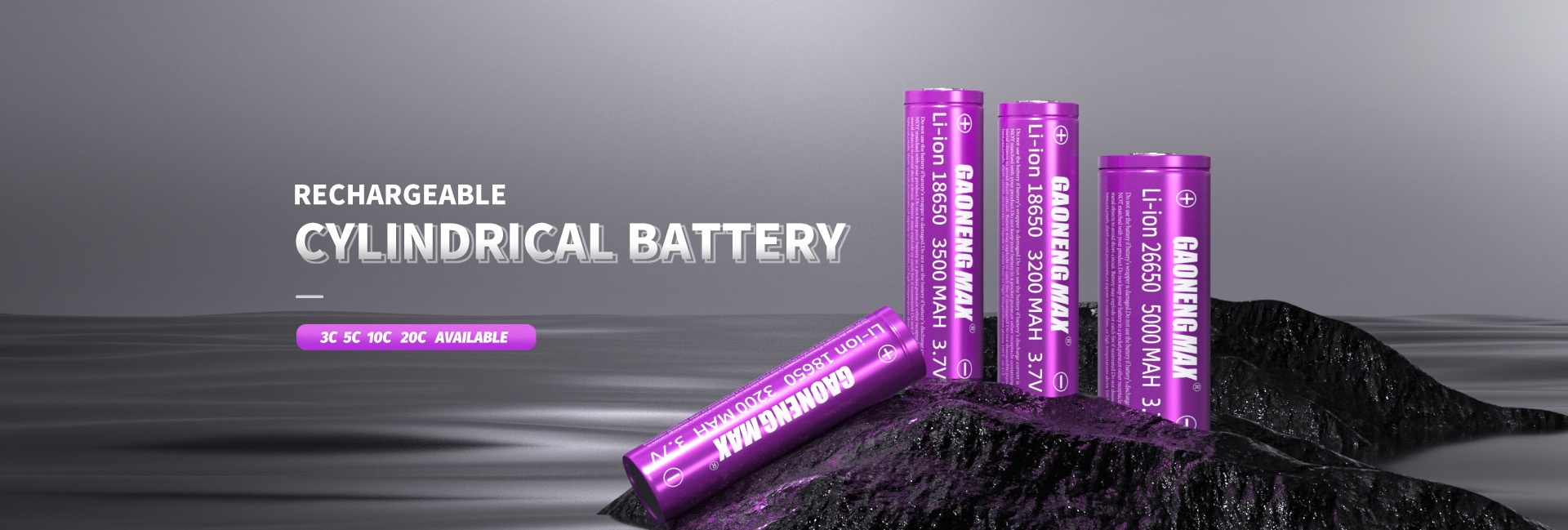
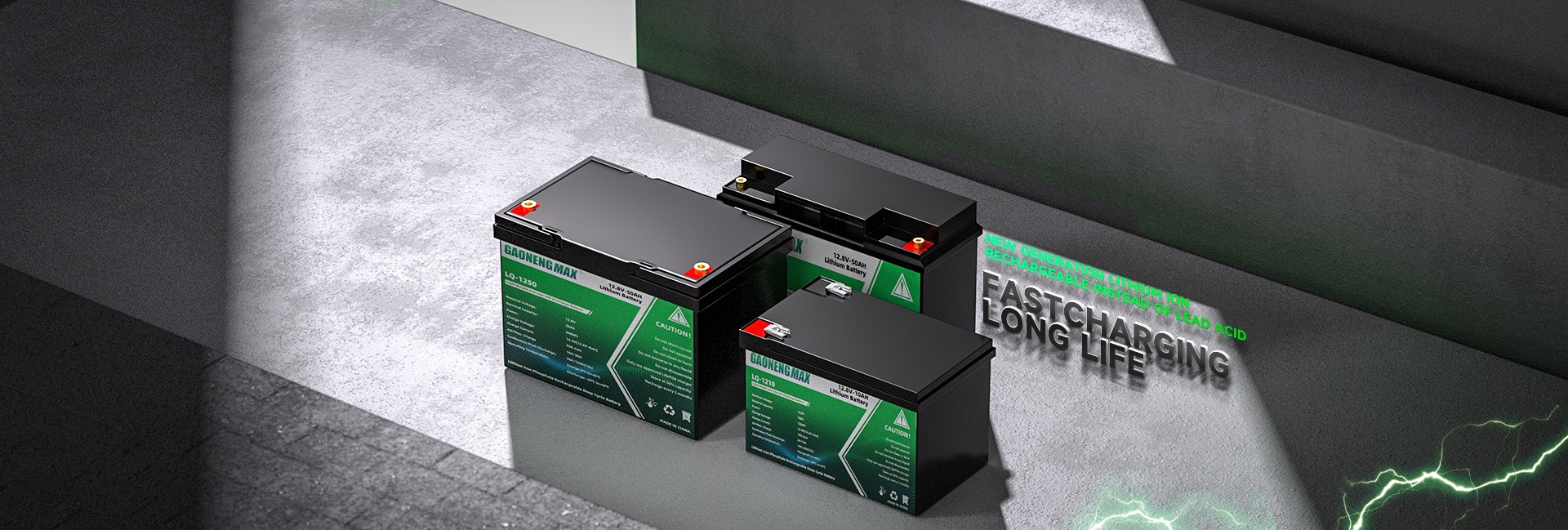


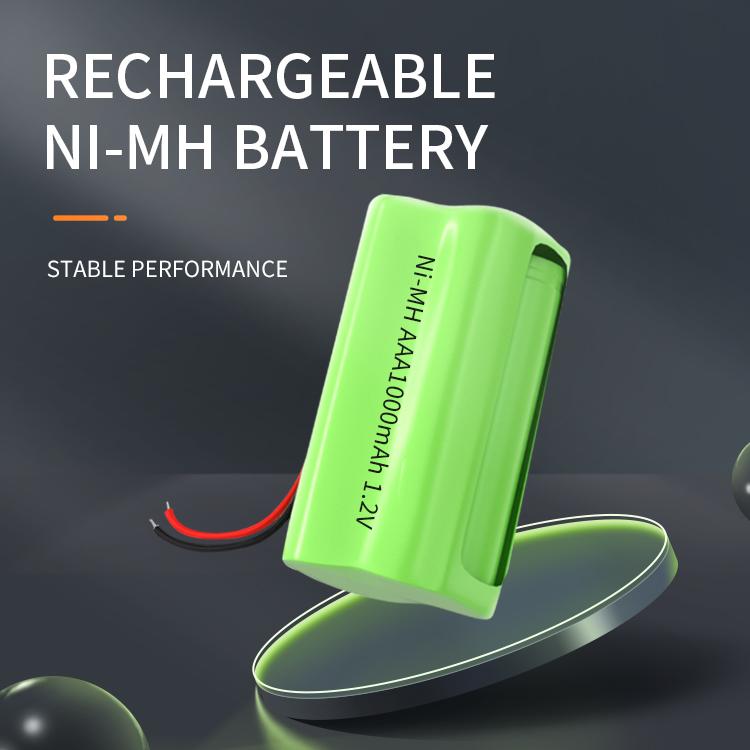
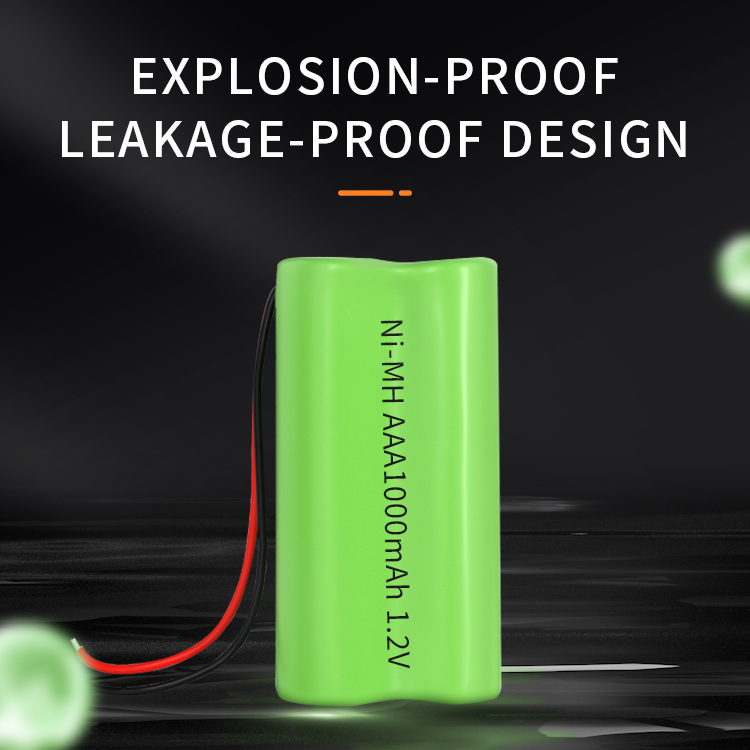
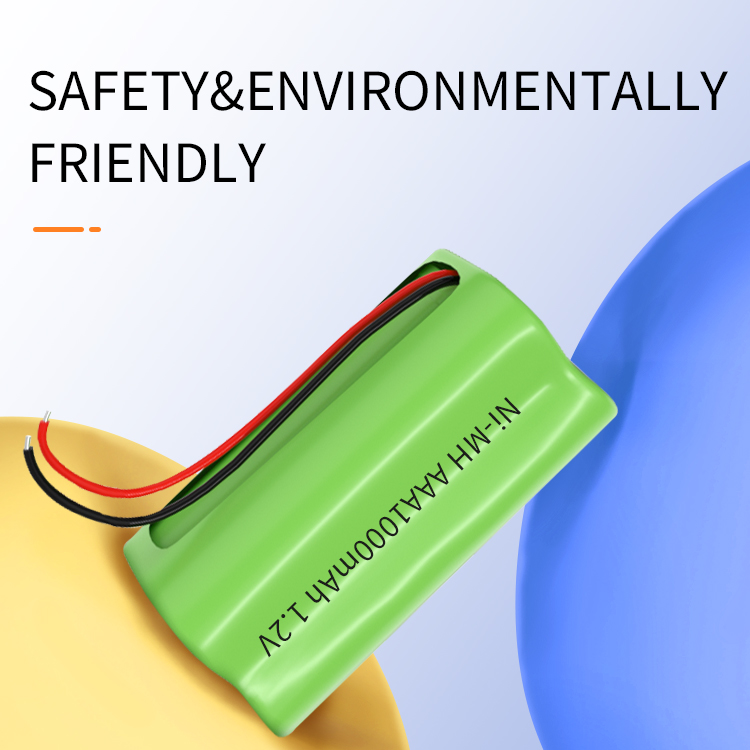
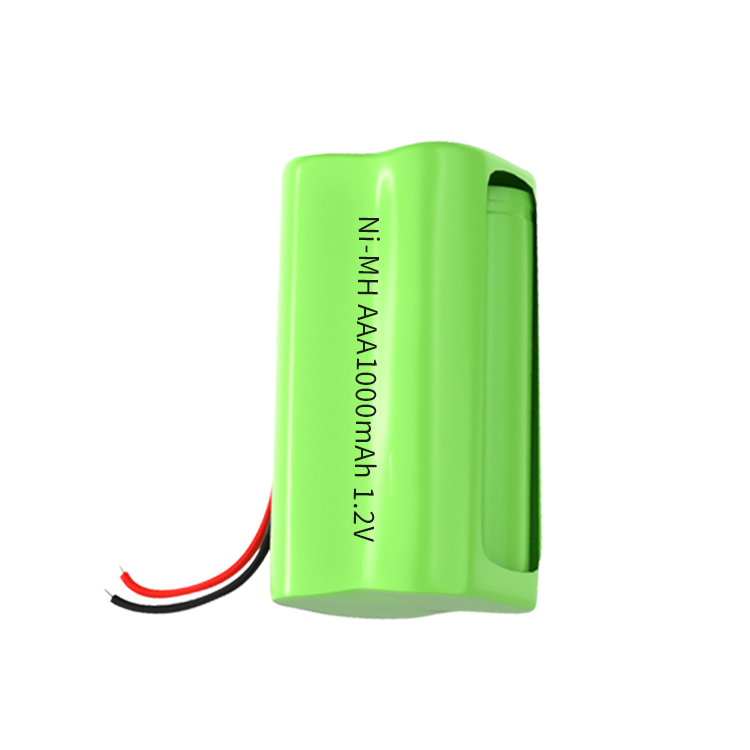
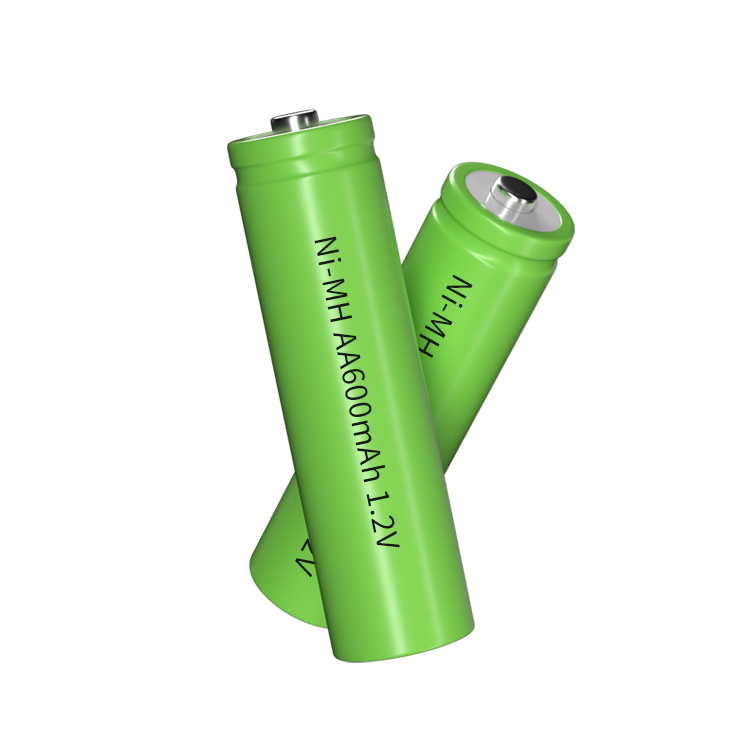







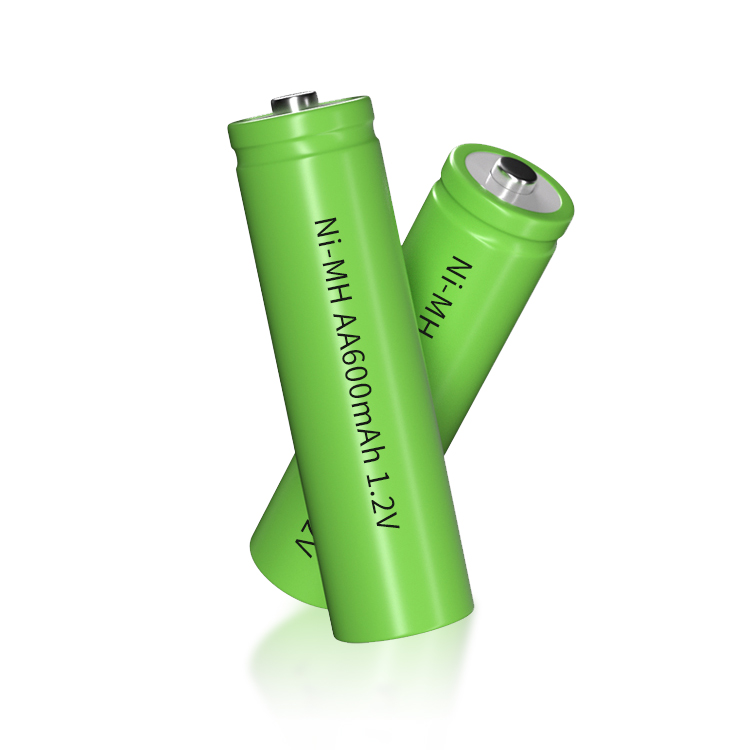
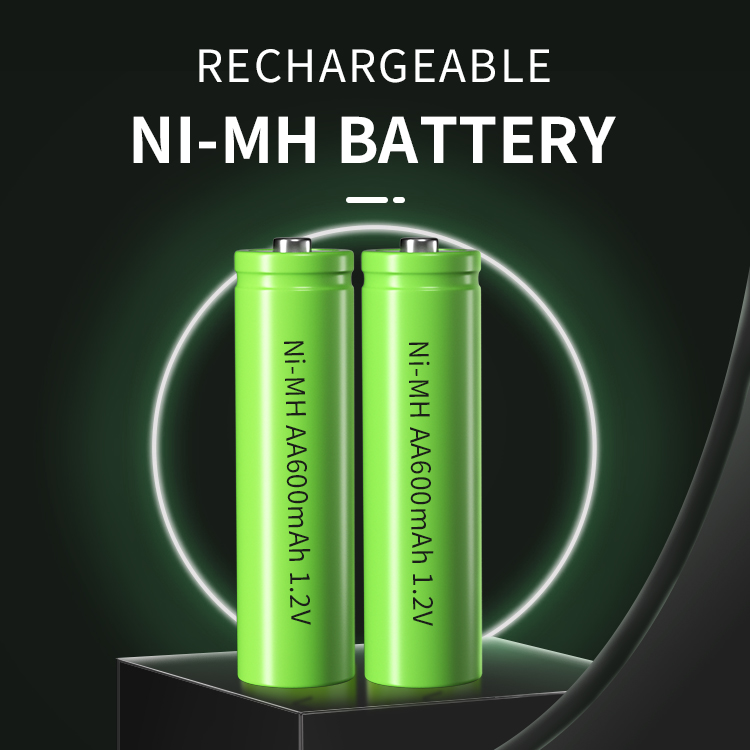
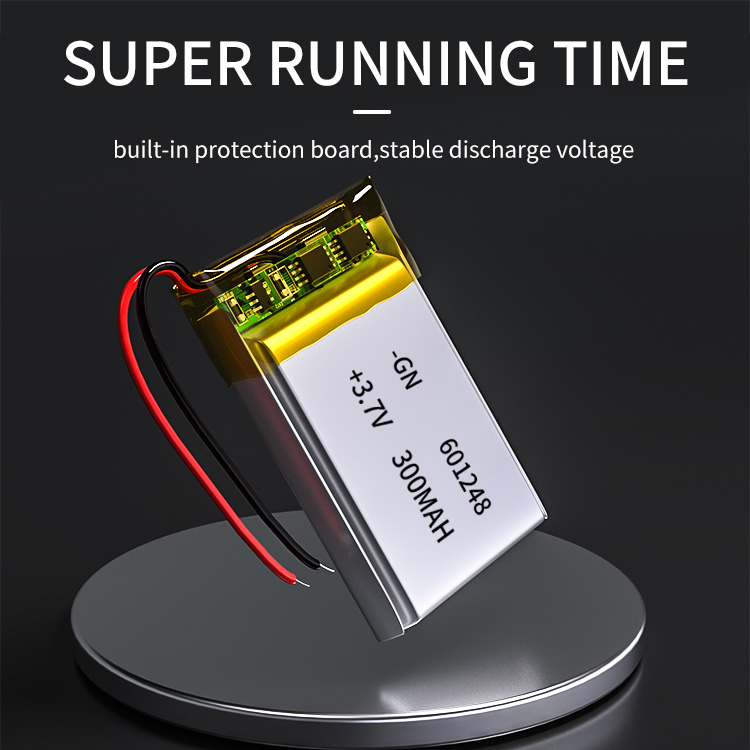
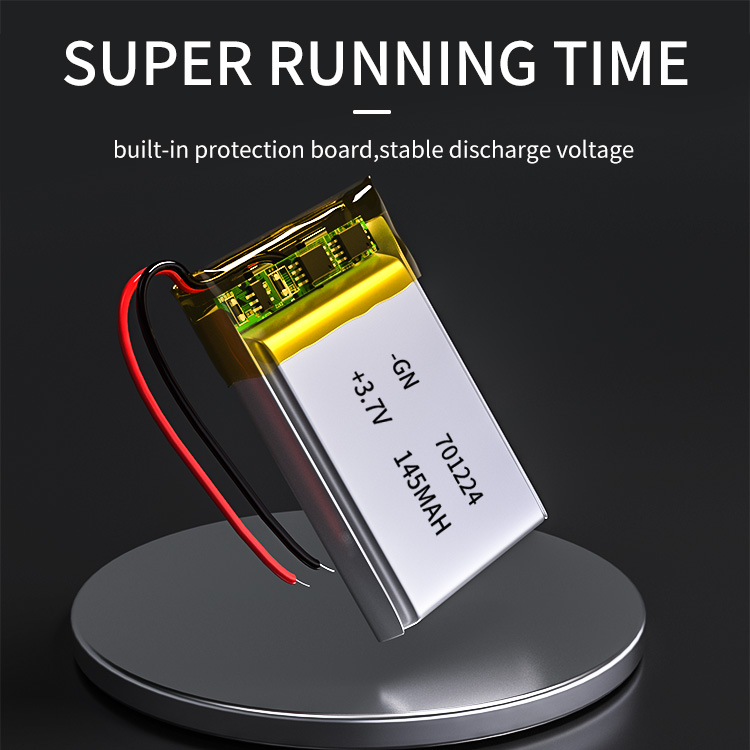
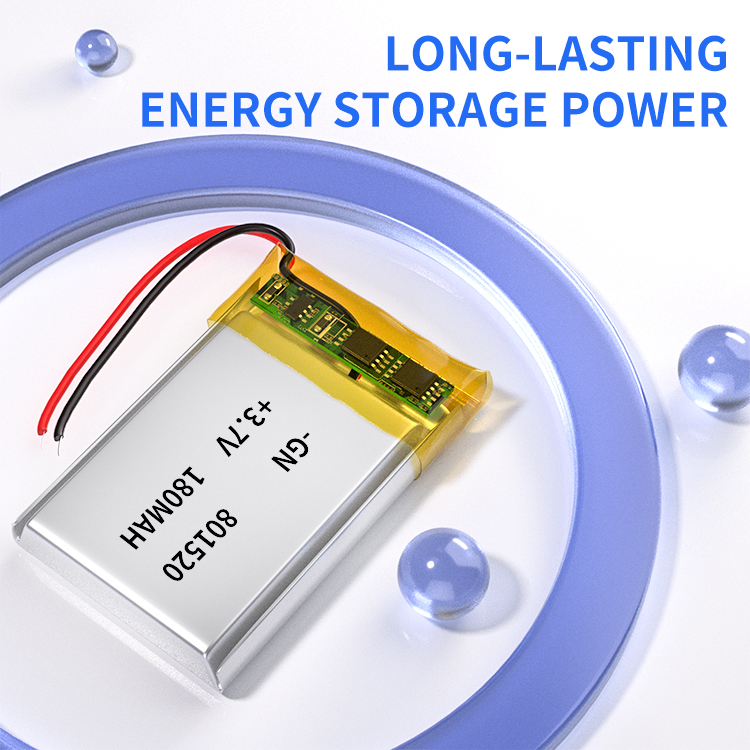
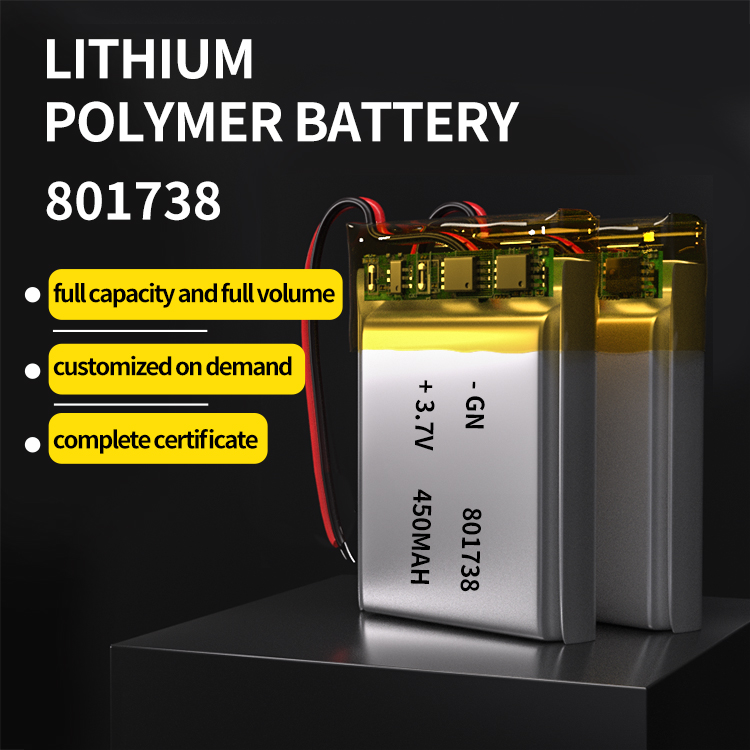

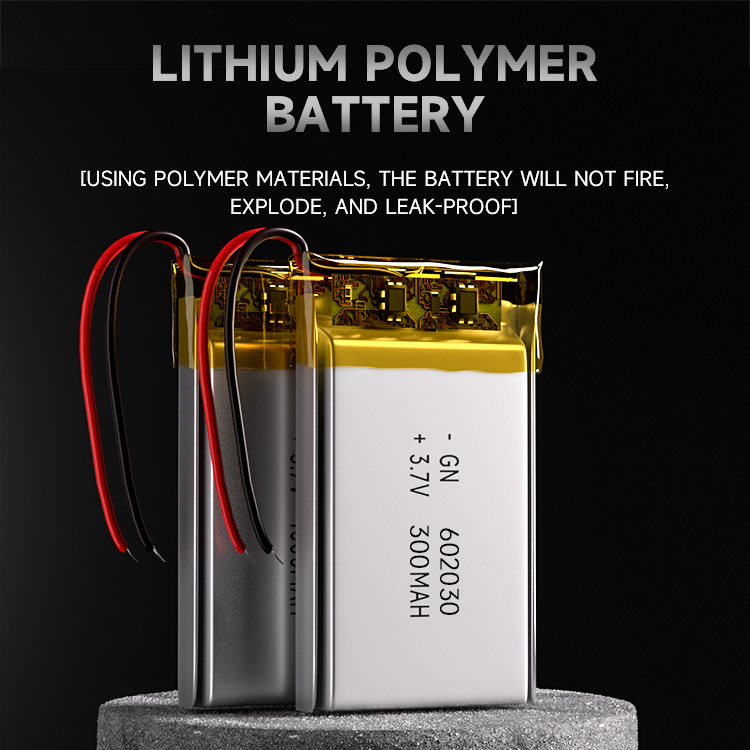
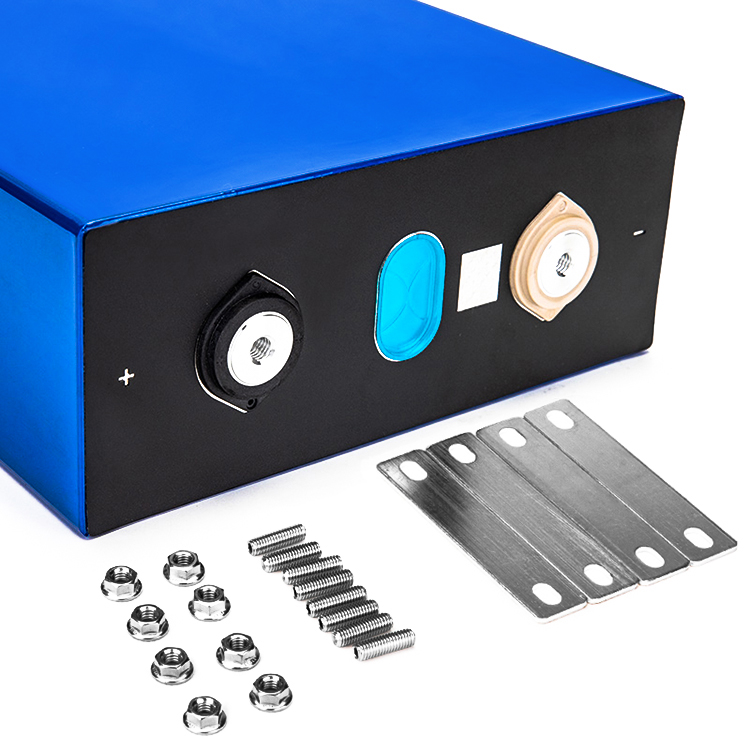

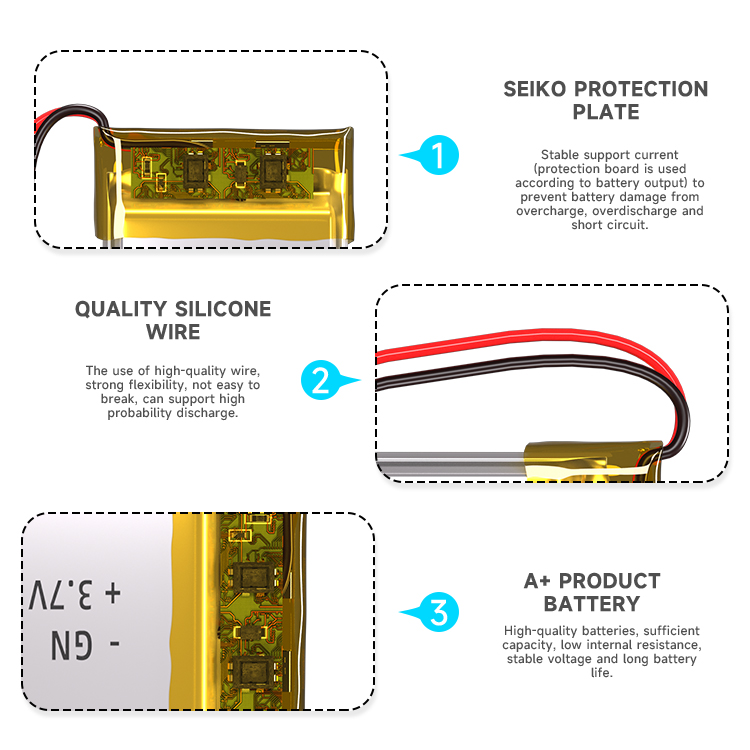

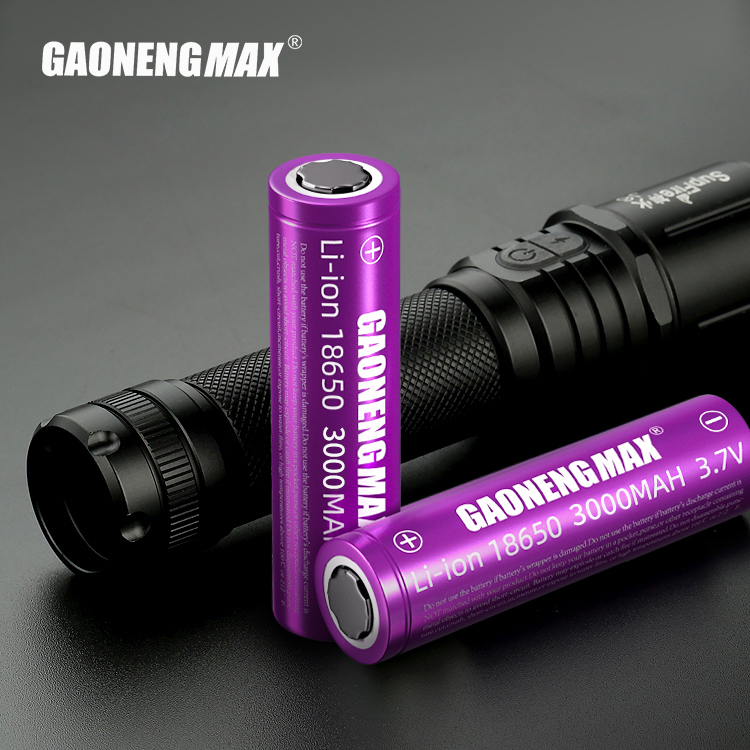
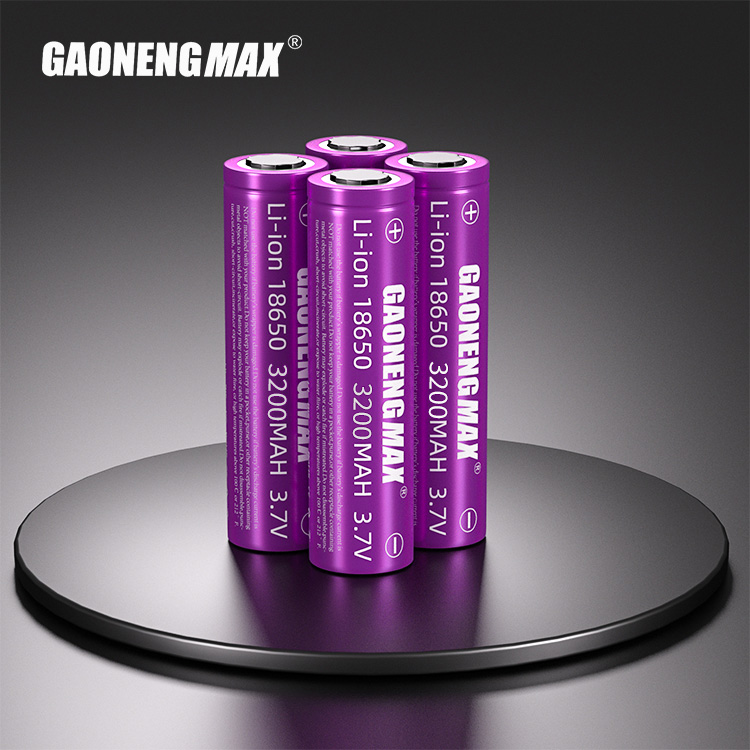

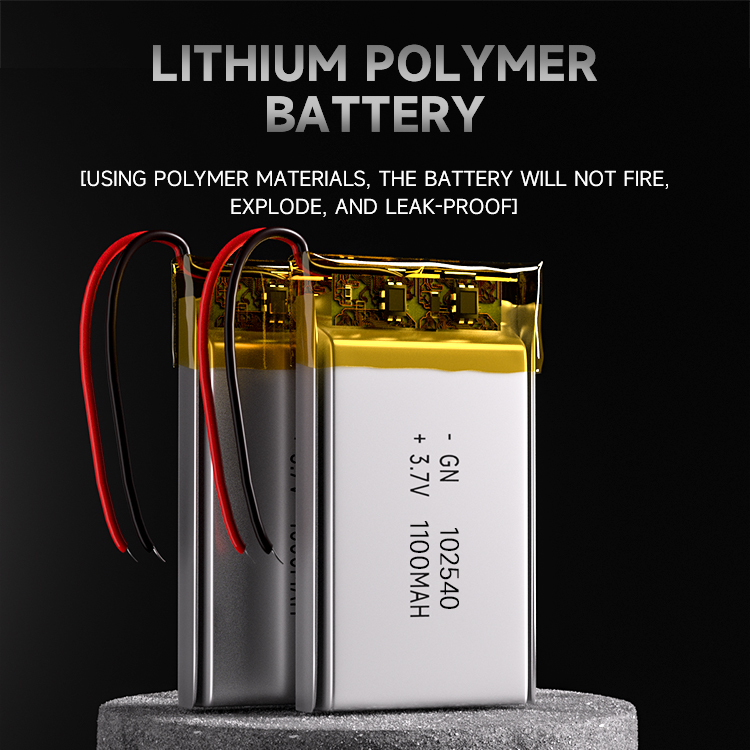
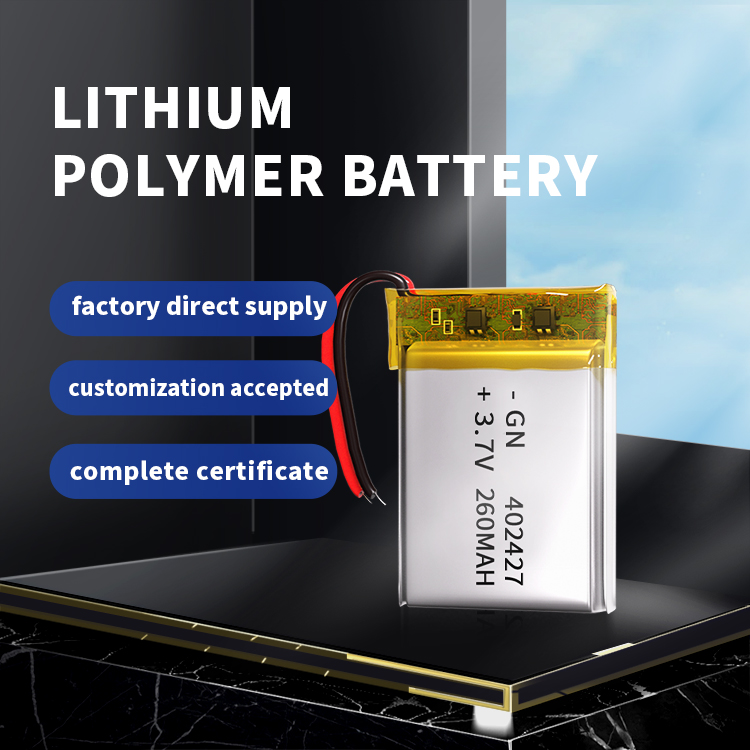
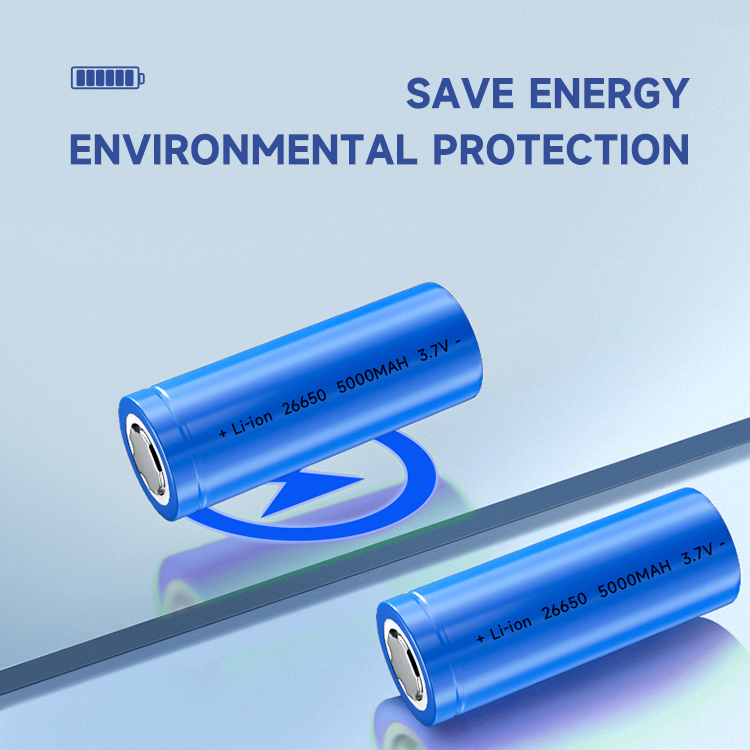













 360° FACTORY VR TOUR
360° FACTORY VR TOUR
 Whatsapp
Whatsapp
 Tel
Tel Email
Email TOP
TOP